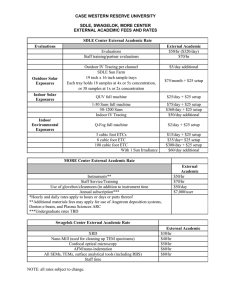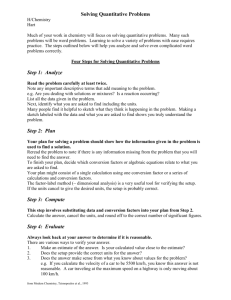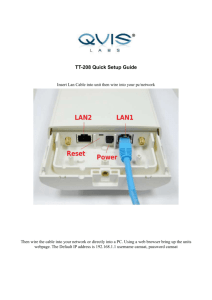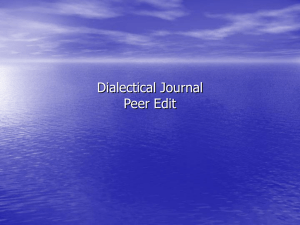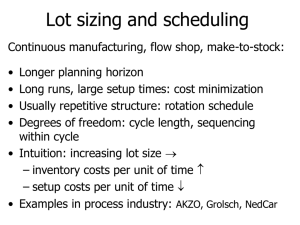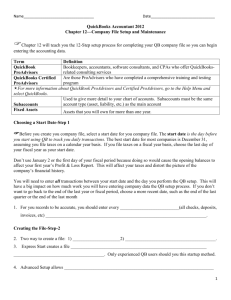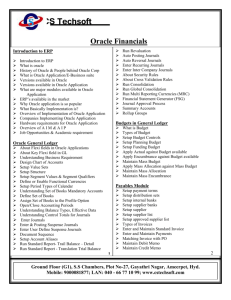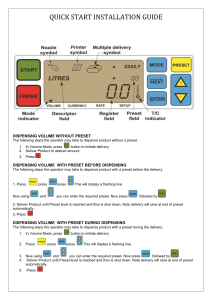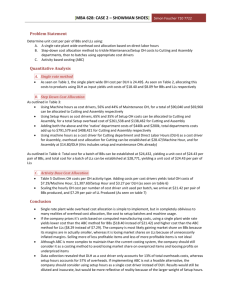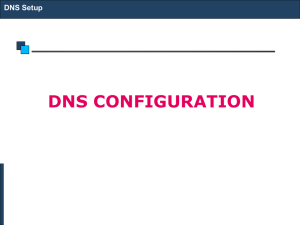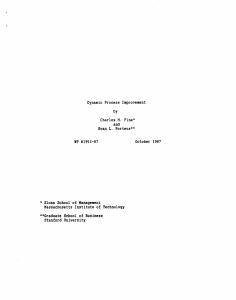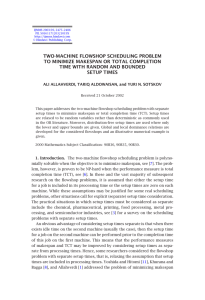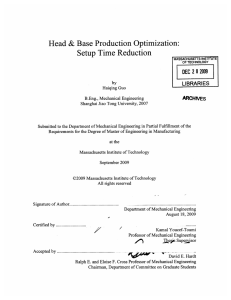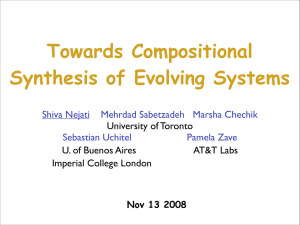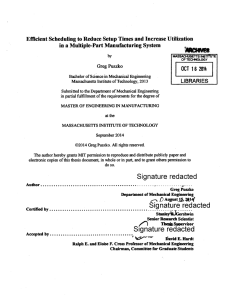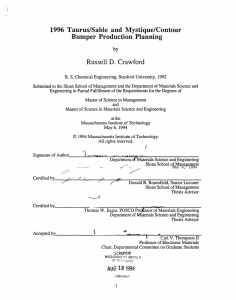Syllabus - kuroski.net
advertisement
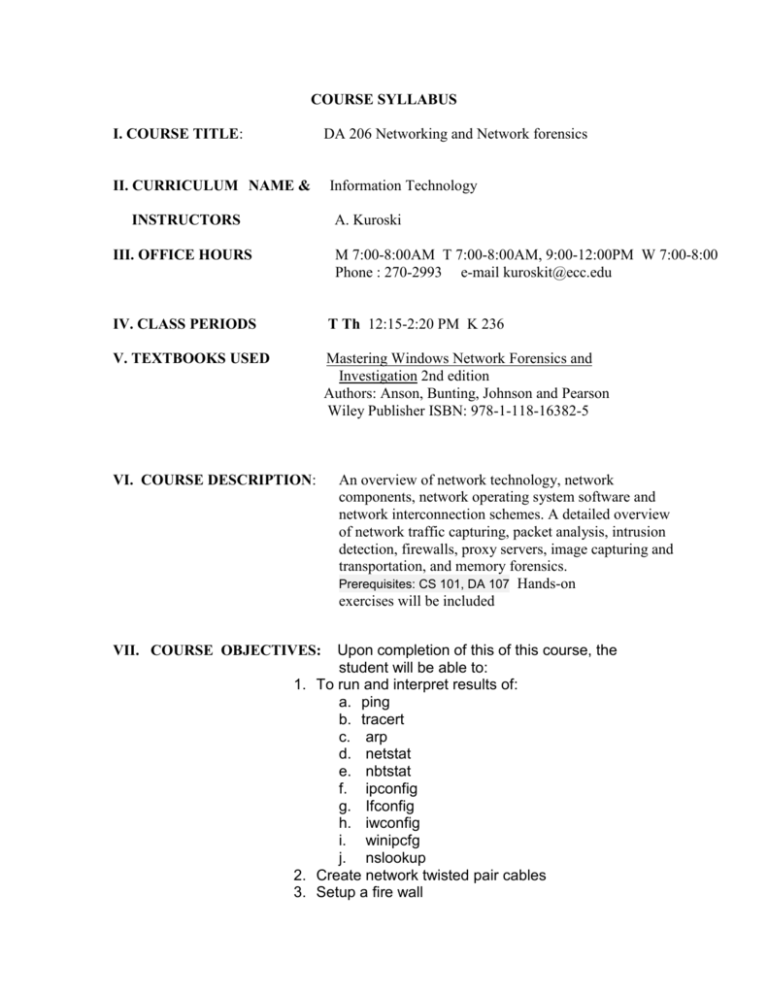
COURSE SYLLABUS I. COURSE TITLE: DA 206 Networking and Network forensics II. CURRICULUM NAME & INSTRUCTORS Information Technology A. Kuroski III. OFFICE HOURS M 7:00-8:00AM T 7:00-8:00AM, 9:00-12:00PM W 7:00-8:00 Phone : 270-2993 e-mail kuroskit@ecc.edu IV. CLASS PERIODS T Th 12:15-2:20 PM K 236 V. TEXTBOOKS USED Mastering Windows Network Forensics and Investigation 2nd edition Authors: Anson, Bunting, Johnson and Pearson Wiley Publisher ISBN: 978-1-118-16382-5 VI. COURSE DESCRIPTION: An overview of network technology, network components, network operating system software and network interconnection schemes. A detailed overview of network traffic capturing, packet analysis, intrusion detection, firewalls, proxy servers, image capturing and transportation, and memory forensics. Prerequisites: CS 101, DA 107 Hands-on exercises will be included Upon completion of this of this course, the student will be able to: 1. To run and interpret results of: a. ping b. tracert c. arp d. netstat e. nbtstat f. ipconfig g. Ifconfig h. iwconfig i. winipcfg j. nslookup 2. Create network twisted pair cables 3. Setup a fire wall VII. COURSE OBJECTIVES: 4. Setup a proxy server 5. Setup Snort 6. Put a LAN together 7. Map network drives 8. Setup NSF 9. Setup samba shares 10. Setup and configure live usb sticks 11. Setup scripts for network auditing 12. Install and use network tool packages 13. Do memory foot printing and acquisition 14. Setup a network sniffer 15. Setup a honey pot. 16. TECHNOLOGY OBJECTIVES: a. Use a computer to setup and install operating systems and network software packages. b. Use the Windows and UNIX/Linux operating environment effectively VIII. PROGRAM COMPETENCIES: Upon graduation with an Associate in Applied Science degree in Information Technology, the graduate will be able to: 1. Demonstrate knowledge of a broad business and real world perspective of information technology. 2. Demonstrate analytical and critical thinking skills. 3. Demonstrate the ability to apply analytical and logical thinking to gathering and analyzing information, designing and testing solutions to problems, and formulating plans. 4. Demonstrate the ability to visualize and articulate complex problems and concepts. 5. Demonstrate the ability to gather, analyze and organize data using a logical and systematic process. 6. Demonstrate the ability to select, implement and evaluate appropriate problem solving techniques and tools. 7. Demonstrate the ability to effectively adapt problem solving techniques to specific situations. 8. Use and apply current technical concepts and practices in the core information technologies. 9. Identify and evaluate current and emerging technologies and assess their applicability to address the users’ needs. 10. Analyze the impact of technology on individuals, organizations and society, including ethical, legal and policy issues. 11. Demonstrate an understanding of best practices, standards and their application. 12. Demonstrate independent critical thinking and problem solving skills. 13. Communicate effectively and efficiently with clients, users and peers both verbally and in writing, using appropriate terminology. 14. Demonstrate the ability to present and discuss how computer systems impact the operation and management of business and society. 15. Demonstrate the ability to discuss the impact of information technology on society and the workplace. CERTIFICATE COMPETENCIES: 16. Upon completion of the course, students will: 17. Be able to acquire, validate, extract, analyze and report upon digital evidence. 18. Be conversant with multiple digital devices including, but not limited to; computers, personal digital assistants, cameras, cell phones, ipods, removable flash media 19. Be knowledgeable about the physical handling of digital devices 20. Be able to create understandable and accurate reports. IX. ASSESSMENT OF STUDENT LEARNING: : Achievement of the Course Outcomes will be measured by: 1. A minimum of 150 minutes of examination to be determined by the instructor. Test questions will include programming questions. 2. Several graded assignments that involve researching current trends in network forensics. 3. Completion of Lab Exercises. X. ATTENDANCE REQUIREMENTS Consistent attendance in class and lab is expected. If there is extended absenteeism due to illness etc. a doctor’s note is required. It is up to the student to make up all assignments and notes. The professor does not loan out notes. Absolutely no electronic devices allowed in class or lab this means phones, pagers, PDAs etc. Any student not complying will be excused from class. All students will be required to sign the White Hat Oath. Any student who is noncompliant with the White Hat Oath will be immediately removed from class with a failing grade. Labs have definite due dates, if turned in late 1 week -10%, late 2 weeks -20%, late three weeks -30%, no credit after three weeks late i.e. a grade of 0. This policy does not hold at the end of the semester due to time constraints, all labs reports that are not more than 3 weeks late are due on the last day of lab or the missing ones receive a grade of 0. Note: Copying of lab reports is plagiarism and not tolerated. Both the giver and receiver will get a total lab grade of 0 for the semester.



